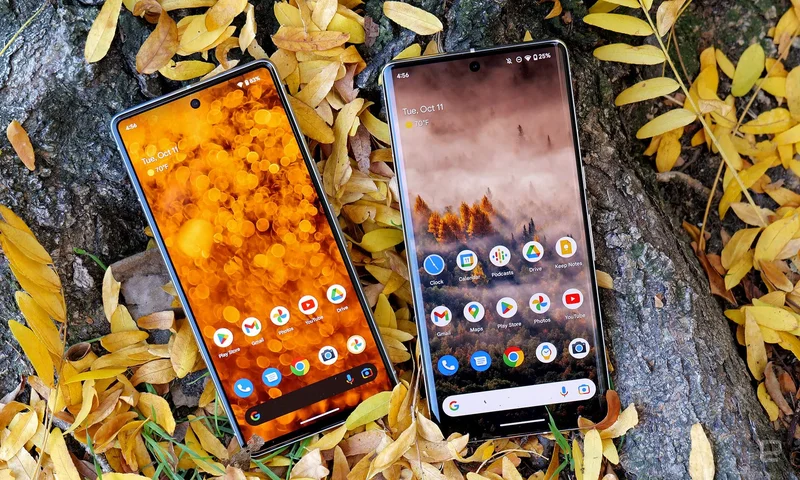So, let me get this straight. The great minds at Shopify crunched the numbers, consulted the digital oracles at Google, and came back with a prophecy for 2025. And what divine wisdom did they unearth? People are going to be buying… yoga mats, water bottles, and stuff for their pets.
Groundbreaking.
This is the kind of deep-cut analysis that really justifies a subscription fee. It’s a list so breathtakingly obvious it feels less like a business report and more like a hostage note written by Captain Obvious himself. We’re a stressed-out, travel-deprived, lonely populace that’s been cooped up for years, and we’re coping by trying to find inner peace on a rubber mat, hydrating aggressively, and treating our dogs better than most people treat their own children.
This isn’t a trend forecast. It's a societal cry for help, neatly packaged into eight marketable categories. It’s a reflection of our collective soul. No, 'soul' is too generous—it's a reflection of our collective shopping cart history, which is far more revealing and a whole lot sadder.
The Gospel According to the Algorithm
Let’s break down this "revelation." Travel pants and wrap skirts are trending. Well, of course they are. Skift Research says we’re planning 24% more trips than last year, probably to flee the crushing monotony of the home offices we just spent a fortune decorating. Google’s own report calls out “wide-leg linen pants” as the breakout style. People want comfort. They want to feel the breeze. Is this a deep psychological insight, or just the logical conclusion of people refusing to ever wear hard pants again?
The wellness industrial complex is, naturally, feasting on our anxieties. The US wellness sector is a $500 billion beast, and it’s still growing. So, yoga mats, reusable water bottles, and a breakout search for “gary brecka supplements” are topping the charts. These trend reports are like a psychic who reads your credit card statement and then "predicts" you're interested in health. It’s not magic; it’s just data exhaust. They see us splurging on things that promise "comfort" (21%) and "relaxation" (16%), and they sell us the uniform.
And the home décor thing? The average household is dropping over two grand a year to spruce up their living space—a number that jumps to nearly $3,500 in a place like Seattle, probably to offset the existential gloom of the constant rain. We’re turning our homes into sanctuaries, or maybe just prettier prisons. It’s a desperate attempt to control our environment when the world outside feels like a runaway train. But does anyone really need another beige throw pillow? Speaking of which, can we talk about the tyranny of the neutral-toned aesthetic for a second? It’s like the entire country decided to model its interior design on a hospital waiting room.

The most telling data point, though, is the pet supplies. A New York judge legally declared dogs as "immediate family" this year. In Korea, the pet population just crossed 15 million. Vets are seeing a huge spike in owners asking for CBD to calm their anxious dogs down. We’re literally projecting our own anxiety onto our pets and then buying products to solve it. It's a perfect, closed-loop system of consumerism, and honestly...
Blame TikTok, Your Dog, and Your Blush
You can’t talk about trends without talking about the great, churning engine of manufactured desire: social media. This isn’t a grassroots movement of people suddenly discovering the joy of a well-made wrap skirt. This is the result of a million micro-influencers and a handful of mega-trends algorithmically force-fed into our eyeballs.
Take blush. Rhode's Pocket Blush is the "most talked-about blush," and Rare Beauty’s liquid version pulled in a staggering $2 billion. Why? Because of an endless parade of TikTok aesthetics like “tomato girl” and “strawberry girl.” These aren’t styles; they’re marketing campaigns disguised as user-generated content. They create a fleeting sense of identity that can be purchased for $24.99 plus shipping. It’s a brilliant, insidious grift.
The same goes for that reusable water bottle. It's not just a bottle; it’s a membership card to the #WaterTok cult, which has 2.5 billion views. It’s a status symbol, a wellness totem, a personality replacement. You’re not just drinking water; you’re participating in a lifestyle.
This whole system is propped up by tools like Google Trends: Find & Validate Trending Products for Your Store (2025) - Shopify, which has become the go-to crystal ball for every aspiring drop-shipper on the planet. And to be fair, the tool itself is powerful. A 2019 study found that investment strategies based on its data could outperform traditional models. It correctly flagged the 500% search spike for "barrel jeans" in 2024, which translated to real sales. It's powerful, offcourse, but it's not magic. It's a mirror reflecting our fleeting, digitally-influenced whims.
The problem is, most people use it like a Magic 8-Ball, looking at tiny 30-day windows and ignoring the massive regional differences in demand. They see a spike and think they've struck gold, failing to realize they're just chasing a micro-trend that will be dead by the time their shipment arrives from overseas.
But maybe I’m the one who’s out of touch. People are making millions selling soap and linen pants because they looked at a chart. Who’s the real idiot here?
The Future is Beige and Anxious
So what’s the real takeaway from Shopify’s grand prophecy? It’s that we, as a culture, are spectacularly predictable. The algorithm doesn’t need to be intelligent, because we aren’t being very complex. We’re scared, we’re tired, and we want to be comfortable. We want our homes to be cozy, our vacations to be breezy, and our pets to be as emotionally stable as we pretend to be. We are buying things not out of joy, but to soothe a low-grade, persistent hum of dread. This list ain't a forecast of what’s cool. It’s a diagnosis of our collective condition, sold back to us one wrap skirt at a time.
